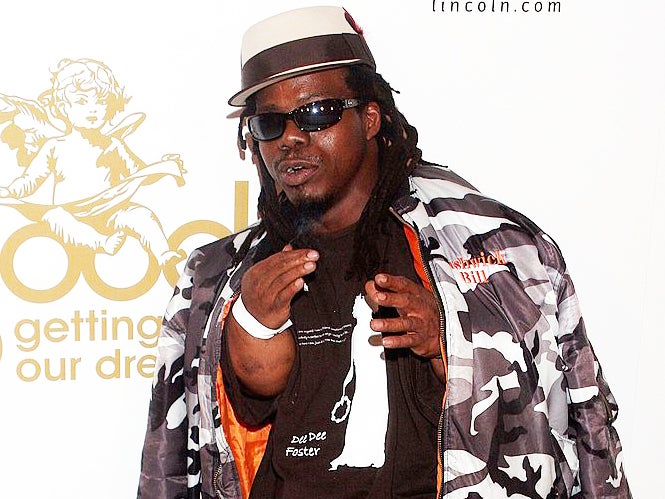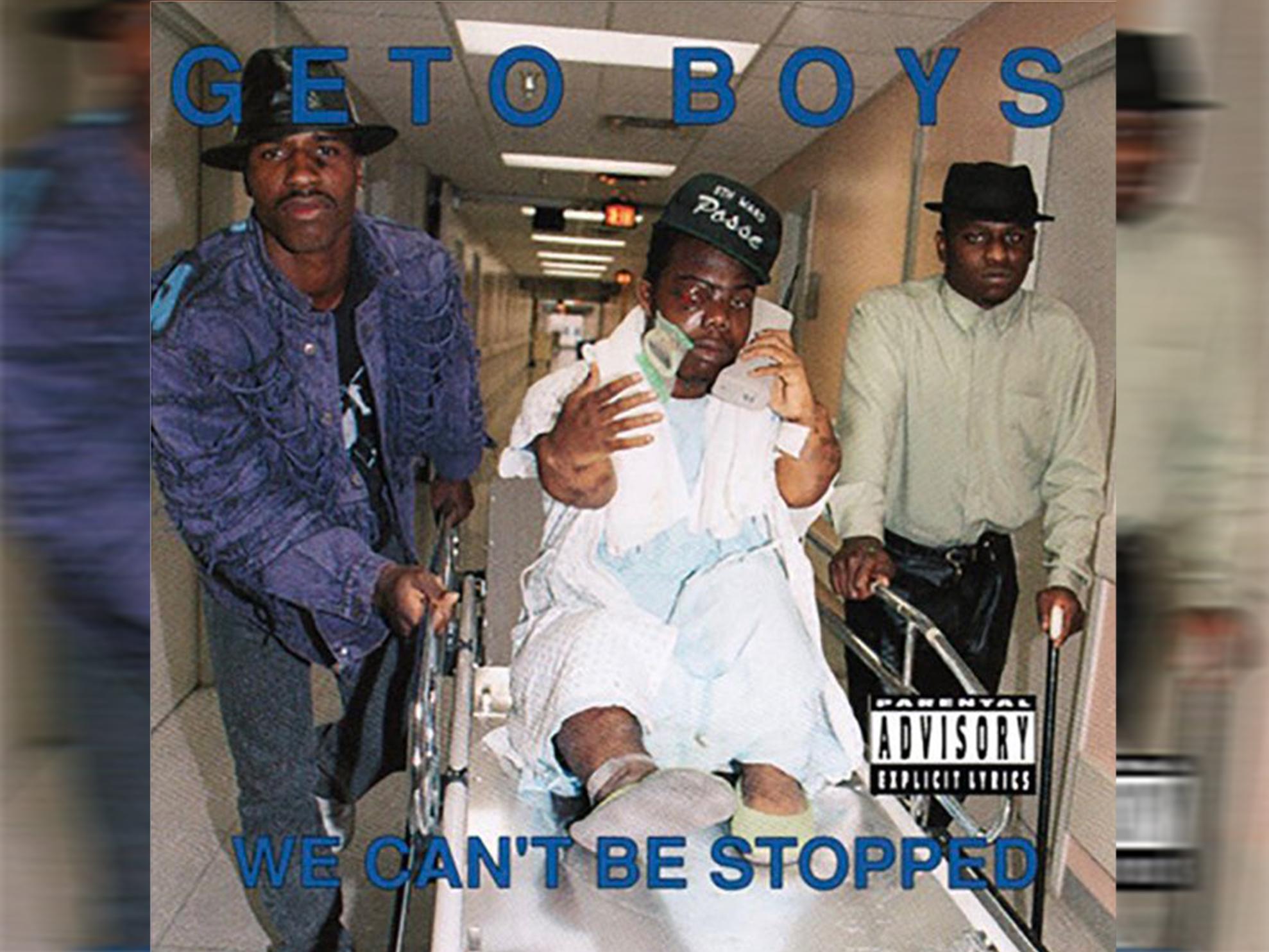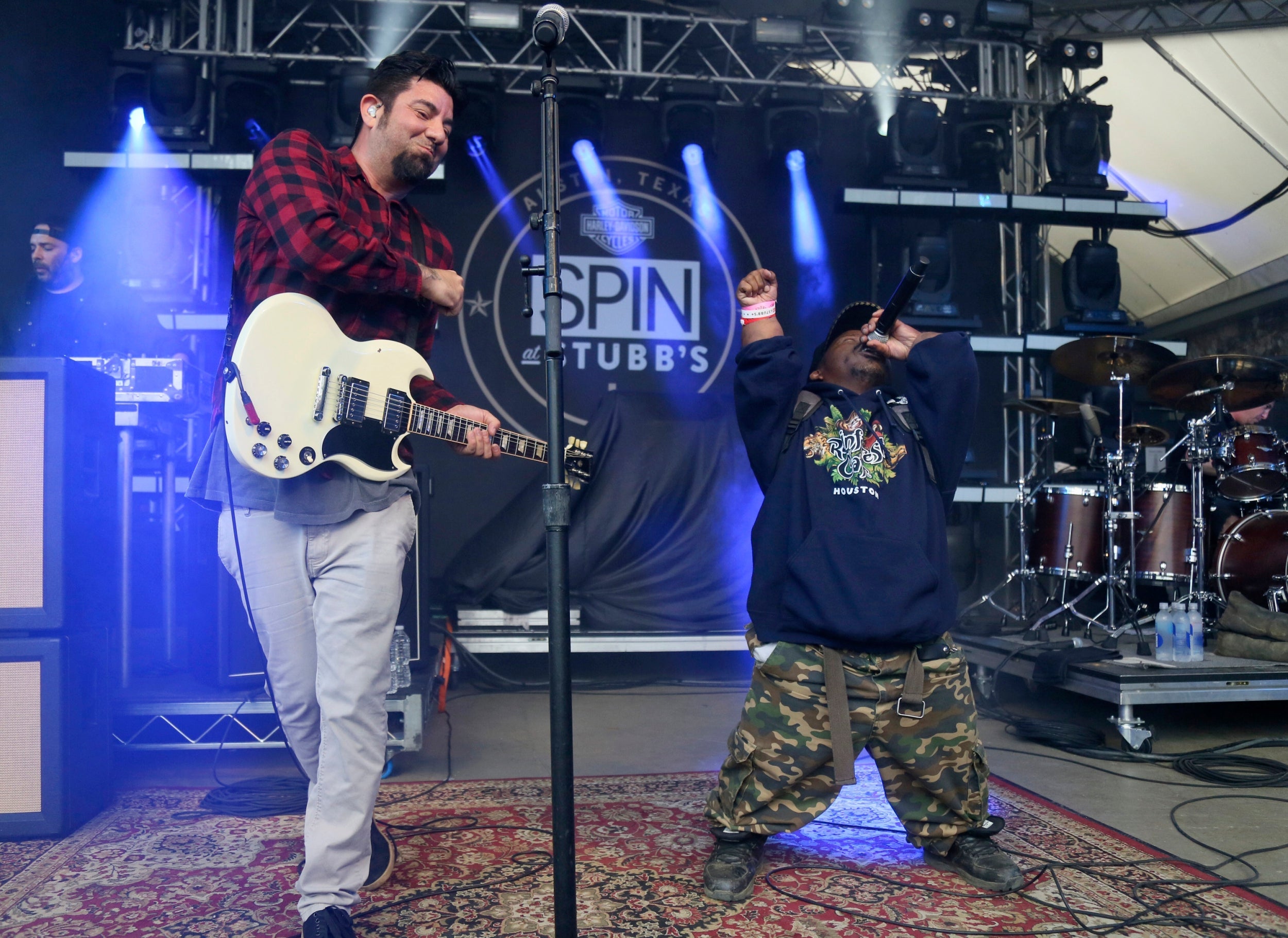Bushwick Bill: The 3ft 8in giant of rap who once shot himself in the eye
The Jamaican-born rapper and producer came to prominence with Texan hip-hop trio Geto Boys, who were among the first rap artists to emerge outside of New York and Los Angeles

Bushwick Bill was the frenetic rapper who helped place America’s South on the hip-hop map as a member of the Geto Boys – the Houston-based trio whose violent and sexual lyrics made them one of the most controversial groups in gangsta rap.
The diminutive rapper, who was 52, was born with dwarfism and stood about 3ft 8in. He lost his right eye in 1991 during an altercation with his girlfriend.
He had worked in the mid-1980s as a dancer for the Geto Boys (then known as the Ghetto Boys), before joining rappers Willie D (Willie Dennis) and Scarface (Brad Jordan) in the studio, forming the group’s best-known line-up.
Backed on early albums by DJ Ready Red (Collins Leysath), they recorded classic tracks like “Damn It Feels Good to Be a Gangsta” and “Mind Playing Tricks on Me”, which topped the US rap charts in 1991 and explored the desperation of life on the streets.
The single was named the fifth greatest hip-hop song of all time in a 2017 list by Rolling Stone. “In a genre where fear was not thought manly, ‘Mind Playing Tricks on Me’ was a classic of cracked ghetto armour and bloody surrender: proof that even the hardest of the hard have worried hearts,” the magazine wrote.
Following in the footsteps of NWA, Geto Boys helped pioneer gangsta rap in the early Nineties and were among the first rap artists to emerge outside of New York and Los Angeles. They were also credited with developing the macabre hip-hop style known as horrorcore, in songs focused on grim stories of murder, dismemberment, necrophilia and rape.
Their explicit, coldblooded lyrics drew national attention in 1990 with the release of their major-label debut, The Geto Boys.
Produced by Def Jam co-founder Rick Rubin, it featured remixed versions of songs from the group’s previous album, Grip It! On That Other Level (1989) – as well as a disclaimer on the cover, noting that the album’s distributor found its contents “violent, sexist, racist and indecent”.
In one especially graphic track, “Mind of a Lunatic”, Bushwick Bill rapped about spying on a naked woman through her window, then seizing her and slitting her throat. “Her body’s beautiful, so I’m thinking rape,” he said, “shouldn’t have had her curtains open, so that’s her fate.”
In interviews, Bushwick Bill emphasised that although his rap persona was unhinged and sometimes comically violent, Geto Boys songs were drawn from the reality of life in poor urban communities, with only minimal exaggeration.

“Love, sex, war and politics – that’s what the album is about,” he told The New York Times after Geto Boys was withdrawn by its original distributor, Geffen Records, before being released by Warner Bros. “We were just expressing stuff that happens in the ghetto, just being like reporters.
“We want to make everybody mad enough to look at the ghetto right in their own state, not just to look at the middle class and the rich areas,” he added. “There are people who curse worse than me and want to hide it all, but I ain’t no hypocrite.”
The rapper was born Richard Stephen Shaw in Kingston, Jamaica, in 1966, and was raised in Brooklyn. His mother cleaned hotel rooms, and his father served in the US Merchant Marine, according to The Geto Boys, a 2016 book about the album by Rolf Potts.

Immersed in hip-hop culture from a young age, he was a graffiti artist, DJ, emcee and B-boy dancer before being sent to a Bible school in Minnesota. He eventually joined a sister in Houston, where he dropped out of high school, worked as a busboy at a club and danced before Geto Boys performances, using the name Little Billy.
In 1991, he was shot in the eye during an argument with his girlfriend. “I got into a depressed state of mind where suicide was my only escape,” he later told The Washington Post. He had asked his girlfriend to shoot him; the gun went off during a tussle.
He later said he “was in the morgue for 2 hours and 45 minutes”, with a tag on his toe, before suddenly returning to consciousness. A photograph of Bushwick Bill, bruised and bloodied as he was wheeled out of the hospital, served as the cover art for the Geto Boys’ 1991 record We Can’t Be Stopped, which went platinum.
The next year, the rapper was featured on Dr Dre’s album The Chronic and made his solo debut with Little Big Man. The record reached No 15 on the Billboard charts and featured the song “Ever So Clear,” about the shooting. “It’s messed up I had to lose an eye to see things clearly,” he rapped.
Bushwick Bill was featured on the Geto Boys’ funk-tinged record The Resurrection (1996) before leaving to focus on his solo career. He returned for the group’s final studio album, The Foundation (2005), and was slated to perform with the Geto Boys this year on a reunion tour, only to withdraw amid objections to its name, “The Beginning of a Long Goodbye: The Final Farewell.”
He had several children, but a complete list of survivors was not immediately available.
In recent years, Bushwick Bill was often described as a born-again Christian and rapped about spiritual themes in solo records such as My Testimony of Redemption (2009). In place of earlier songs like “Chuckwick,” inspired by the Child’s Play slasher movie series, were tracks such as “God’s Side Is Da Best Side” and “God Heals the Pain”.
“From the lyrics to the influence that I had on peeps,” he rapped on “Testimony of Redemption”, “I’m trading Chuckwick in to being a Jesus freak.”
Richard Stephen Shaw, American rapper, born 8 December 1966, died 9 June 2019
© Washington Post
Join our commenting forum
Join thought-provoking conversations, follow other Independent readers and see their replies
Comments
Bookmark popover
Removed from bookmarks